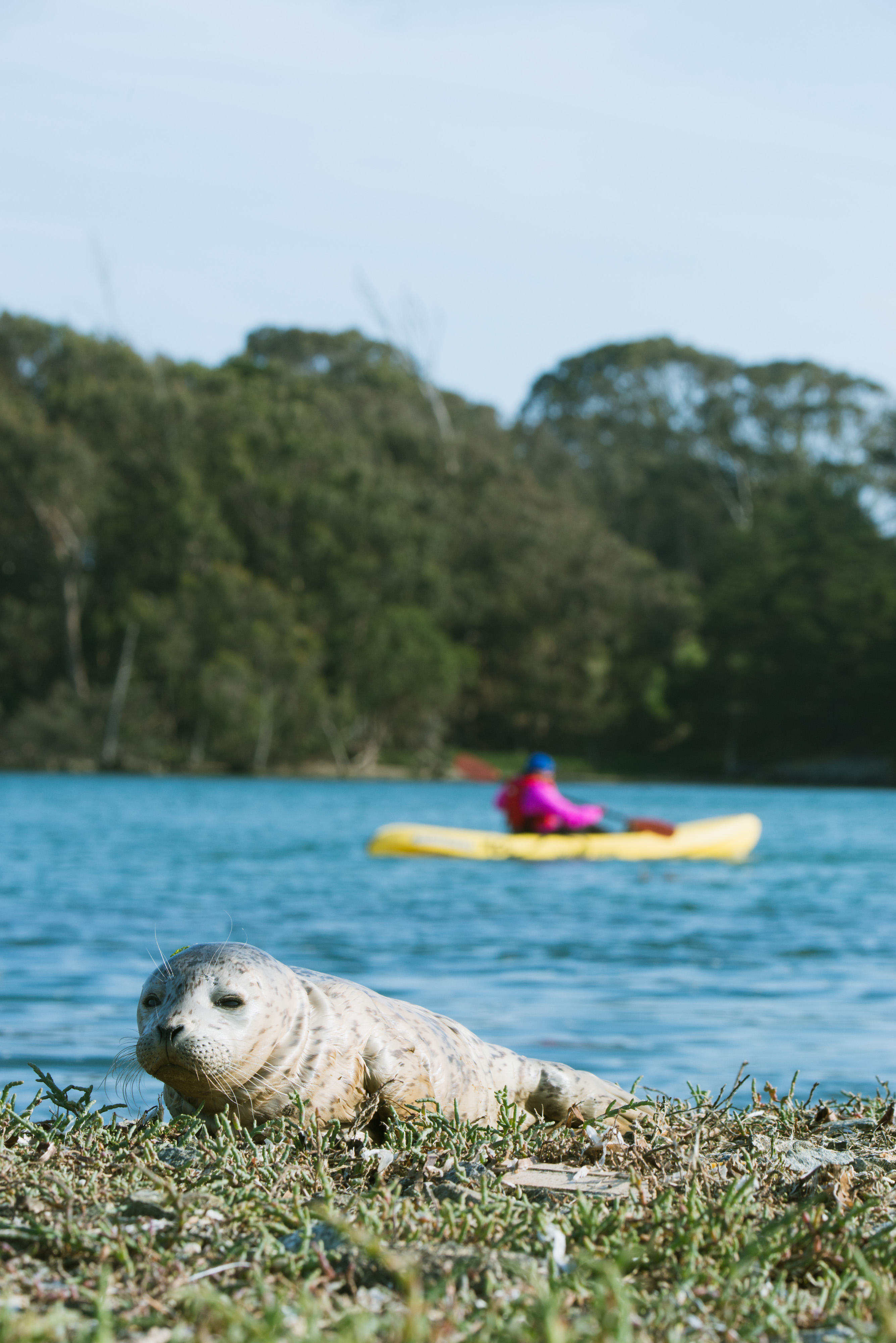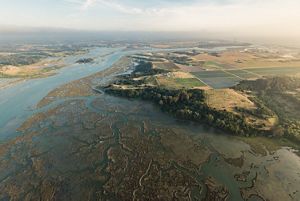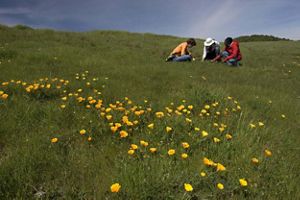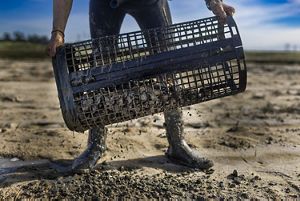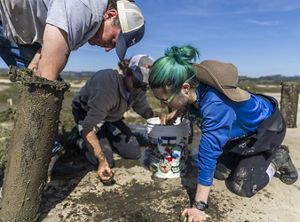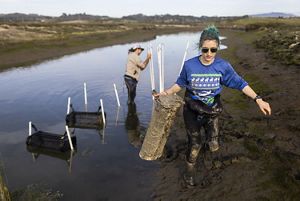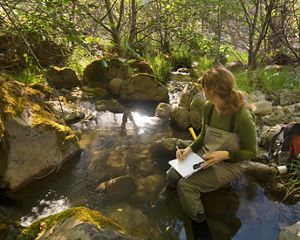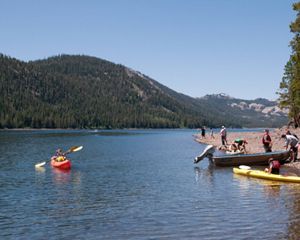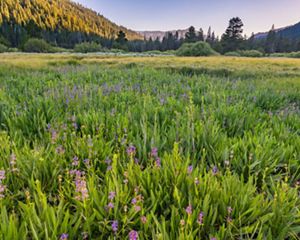Elkhorn Slough flows nearly seven and a half miles inland through productive farm fields of Brussels sprouts and strawberries, thickets of yellow field mustard, red-stem filaree and lavender lupine. The slough is a meandering belt of tide flats, tidal creeks and marshes, all teeming with aquatic plant life. The uplands flanking the slough harbor coastal dunes, grasslands, oak woodlands and rare maritime chaparral with populations of four federally endangered plant species: Yadon's rein orchid, Santa Cruz tarplant, Monterey spineflower and sand gilia.
Elkhorn Slough is the second-largest remaining salt marsh in California, supporting an abundance of invertebrates that provide food for more than 100 species of fish and nearly 300 species of birds. The estuary's ever-changing environment is a nursery to some species, a lifetime home to others and a water purifier for the coast. On any day, you might spot sea otters hunting the rich waters or, satiated, lounging on their backs.
At high tide, sharks swarm in the slough's shallow waters where they feed, breed and give birth to their young. Five threatened or endangered species are found at Elkhorn Slough: the California brown pelican, California least tern, Santa Cruz long-toed salamander, southern sea otter and American peregrine falcon. Elkhorn Slough is one of the premier birdwatching sites in the western United States.
For more information visit the Elkhorn Slough Foundation website.


